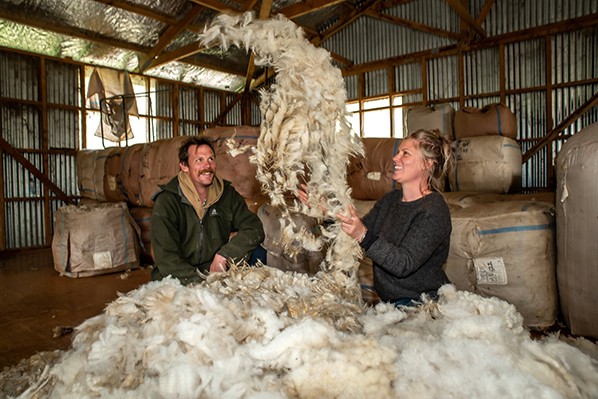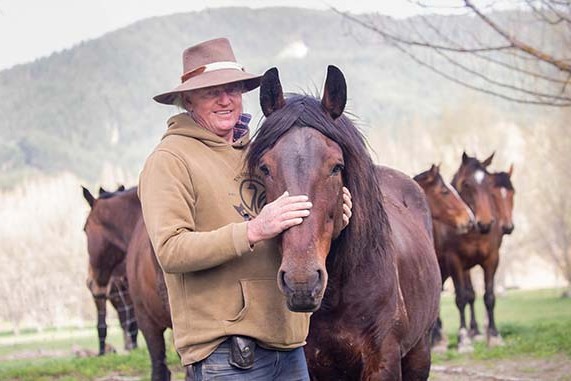Wallabies might look cute, but in South Canterbury they’re a serious pest. Peter Snowdon and a friend did their bit to reduce the population.
“On the Wallaby Track”, the title of a famous Australian artwork, has also been used to describe itinerant rural workers or swagmen moving from place to place for work. In this case it’s not quite swagmen, just a couple of retirees, not seeking work but striding parts of South Canterbury looking for wallaby.
We both hunted wallaby in our youth, in Geoff’s case extensively as his family farm in the Hunter Hills hosted a population. But that was 40 years ago. It was time to reacquaint ourselves with the Aussie pest.
A late September snowfall had given the Hunter Hills and Kirkliston Range a heavy dusting and the Hakataramea Valley looked stunning in the early morning sunshine. Easements across farmland provided foot access to conservation land, our destination.
After two days on the wallaby track we didn’t need a further reminder just how challenging these animals are to hit on the move.
The first sign of wallaby appeared once we reached tussock and matagouri and increased once the conservation boundary was reached. The first glimpses of wallaby came a few minutes later. The best approach to hunting the animals necessitated climbing on ridges, above gullies or overlooking creeks to improve the chances of seeing an animal, much like many other game species. They were feeding on the fringes of scrub, sunbathing or moving along one of the many established routes among the high snow tussock. With patience and 8 x 30s we soon picked out and dealt with the first target at 200 metres.

Steady climbing and sidling gave us the chance to sight and shoot several more including one who popped his head up above the tussock as we approached and was patient enough to allow me three rounds at about 40 metres! Mostly the animals were shot at less than 75 metres.
We tucked ourselves into the lee of a ridge for lunch as the wind had increased and we could clearly see the snow whipping off the high peaks above us. It looked ideal deer habitat. The return journey was a challenge to avoid large patches of what seemed like the world’s biggest spaniards (Aciphylla) while seeking opportunities to overlook likely wallaby spots. These sharply spine pointed plants are an ancient species known in the Middle East and recorded in the Old Testament – “he who sits upon a spaniard shall surely rise again”!
After a comfortable night in Kurow the swagmen were again on DOC land. Wallaby sign was evident on flat damp land as well as the steep hill country. The frustration was the nature of the vegetation – spaniard, matagouri and tall tussock that provided shelter for numerous wallabies and impeded the hunter. In some spots they appeared to have tunnels running through the scrub. Again, the approach was to find a perch that offered a reasonable field of view into the gullies and creeks. This also gave us the chance to scan the wider country which showed some sign of pig presence and offered remarkable views of the Hakataramea Valley below.
High overlooking a deep gully we soon spotted wallaby feeding and sunning themselves on the opposite face some 200 metres away. This required longer range shooting and a good rifle rest to line up a stationary animal.
After a gunshot they scattered into the scrub, only to reappear as little as 20 minutes later. We counted two or three in sight at one time.
We broke open the ham and cheese sandwiches while waiting for the animals to remerge and enjoyed the vista and some quiet conversation. While we gnawed on our crusts a cheeky wallaby unhurriedly hopped along about 50 metres away. A couple of .243 rounds made the tempo of its journey increase. After two days on the wallaby track we didn’t need a further reminder just how challenging these animals are to hit on the move.
Though in good numbers hunting the Aussie imports is not without challenge, it is certainly worth the effort.




